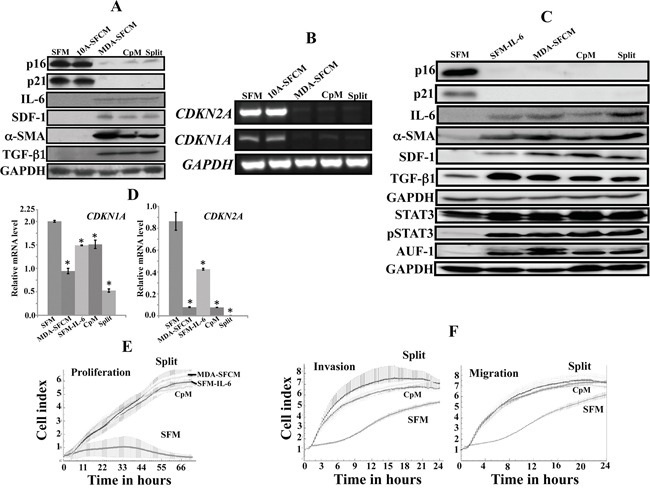Figure 1. Breast cancer cells and IL-6 persistently activate breast stromal fibroblasts.

Exponentially growing NBF-6 cells were exposed to SFM, SFM conditioned with MCF-10A cells (10A-SFCM) or MDA-MB-231 cells (MDA-SFCM) for 24 h, and then MDA-SFCM was replaced with complete medium and cells were reincubated for 48 h (CpM), subsequently these cells were split and reincubated for another 48 h (Split). A. Cell lysates were prepared and were used for immunoblotting analysis using specific antibodies and GAPDH was used as internal control. B. Total RNA was prepared and used for RT-PCR utilizing primers specific for the indicated genes. The amplified products were electrophoresed on 2% ethidium bromide stained agarose gels. These results are typical of at least 3 independent experiments. C, D. Cells were exposed for 24 h to SFM, SFM containing IL-6 (35 ng/mL) (SFM-IL6), MDA-SFCM, CpM (48 h) following removal of SFM-IL-6 and also after split of these cells. (C) Cell lysates were prepared and were used for immunoblotting analysis. (D) Total RNA was prepared from the indicated cells, and then the mRNA levels of the indicated genes were assessed by qRT-PCR. Error bars indicate mean +/− SD of three experiments. *: p value < 0.05. E. Cell proliferation analysis of exponentially growing cells (2.104) using the RTCA-DP xCELLigence System. F. The migration and invasion abilities of the indicated cells were assessed for 24 h by the real time RTCA-DP xCELLigence System.
